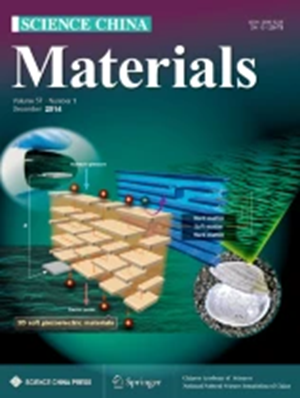Low-power plasmonic SiC nanowire network-based artificial photo-synaptic device for musical classification neural network systems
Abstract
The rapid development of artificial intelligence and the Internet of Things has generated an urgent demand for brain-inspired computing systems characterized by high parallel processing capabilities. However, the power consumption of most reported artificial synaptic devices remains substantially higher than that of their biological counterparts, which operate at the femtojoule (fJ) level per synaptic event. To this end, this research aims to develop ultralow-power silicon carbide (SiC) plasmonic nanowire network (NWN)-based artificial synaptic devices for using in musical classification neural network system. By leveraging the neural network-like physical architecture of the NWN and the alteration of conductance states at NW-NW junctions, the SiC/SiO2@Ag NWN devices successfully emulate both ultraviolet (UV) visual and electrical synaptic functions under both externally biased electric field modulation mode and zero-bias photoexcitation mode conditions. Furthermore, due to the confinement effects of one-dimensional nanomaterials and the localized surface plasmon resonance (LSPR) induced by Ag nanoparticles, these devices exhibit substantial synaptic responses at ultra-low currents with minimal power consumption. With its low power consumption, the SiC/SiO2@Ag NWN synapses exhibit superior performance in simulating music classification recognition, achieving an accuracy exceeding 95% within 20 epochs. Notably, the innovative SiC NWN structure ensures robust synaptic performance and high precision in neural network computations. This advancement has the potential to drive the development of novel computing architectures, such as spiking neural networks (SNNs), which more closely mimic the operational principles of biological neural networks, thereby facilitating enhanced music information processing.

 求助内容:
求助内容: 应助结果提醒方式:
应助结果提醒方式:


